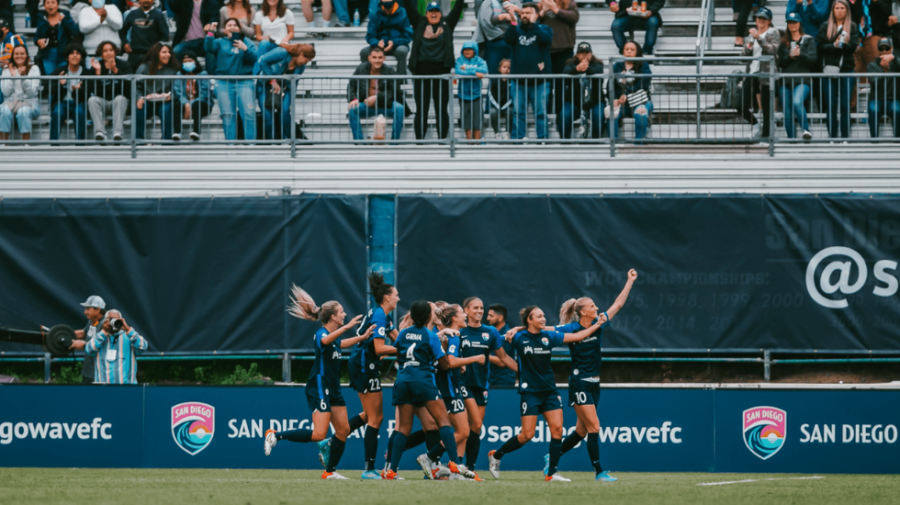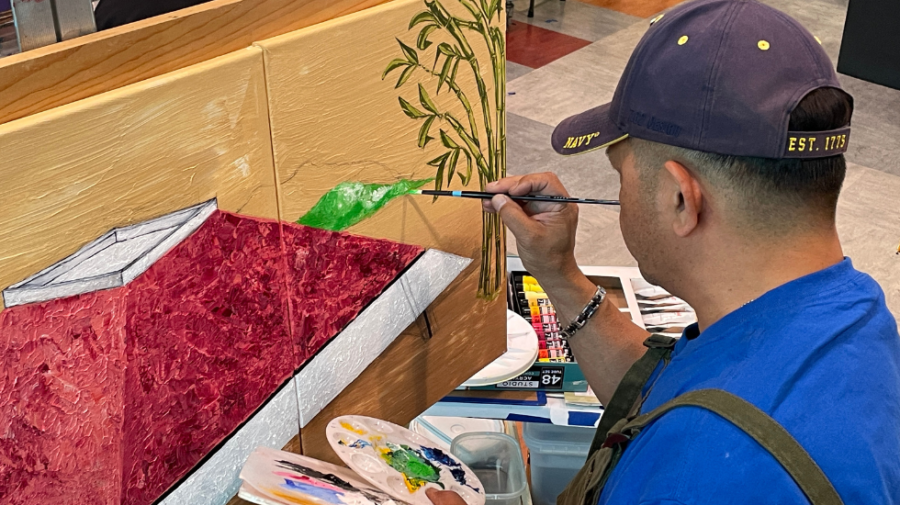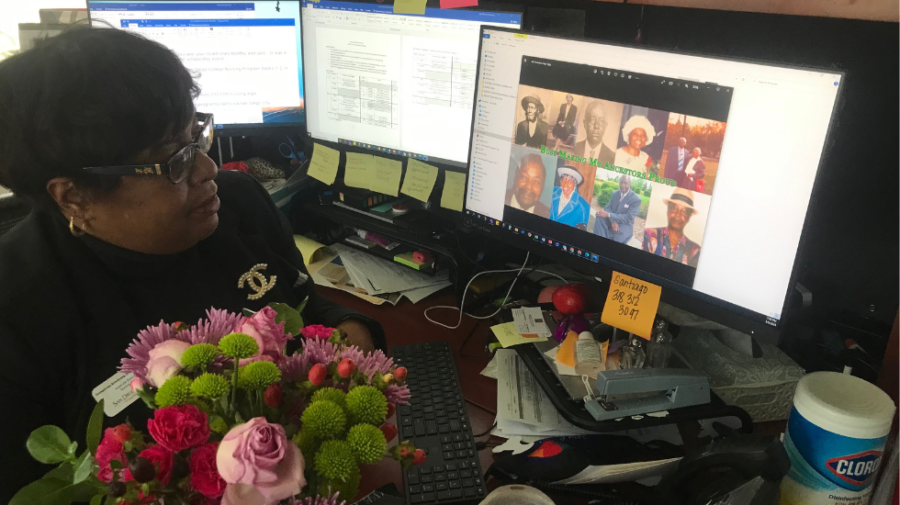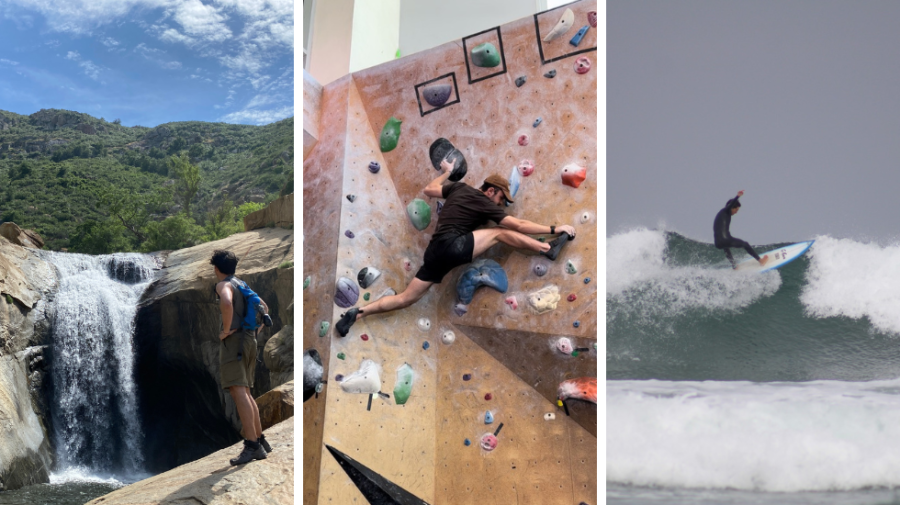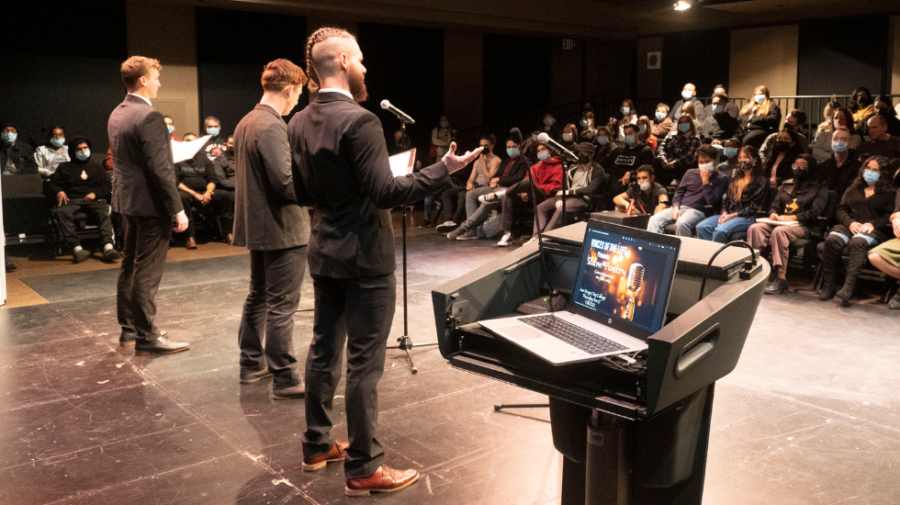Nowadays, where does one draw the line between a photographer and someone with an index finger or a thumb to press the shutter release? Sure modern DSLRs are very useful tools, but how fancy the camera is matters very little if the person holding it doesn’t know how to get the best out of it. David Eichinger and Craig Carlson are two photo professors at City College who know the importance of the art and pass on their knowledge to students.
Dave Eichinger
In current times, most people own at least one camera. It may be a rangefinder, or a digital single-lens reflex, or a small compact camera, it may even be some type of film camera, and chances are that if you own a cellphone, it comes equipped with a camera. But there’s much more that goes into being a photographer than simply having a camera. To conquer the art of photography you need “A good eye and practice,” Dave Eichinger said in an interview via email.
“Today there is a heavy push toward technology and marketing trying to make everyone buy a new camera every year because the newest one will make ‘better pictures.’ I disagree wholeheartedly. Years ago, photographers got to know their equipment and it became an extension of their mind. If you’re always buying new equipment or software, you waste countless hours trying to learn how to use it instead of focusing on image-making. Camera phones and simple cameras prove that a great photograph can be made in a single click with zero post-processing,” Eichinger said.
Eichinger became interested in photography at a very young age. He was barely 10 years old when he bought his first camera with his own money, and it only took him a few years to realize what he wanted to be when he grew up. “I had always enjoyed taking pictures even as a kid,” he said. “I was very interested in music in junior high and decided I wanted to be a junior high band teacher when I grew up, (but) then in high school I took two years of photography classes and decided I wanted to teach photography instead.”
This is a guy with passion — passion for photography and a passion for educating, helping and encouraging others to learn and get better, which is an art in and of itself.
Eichinger won a few photo contests in his high school days, which strengthened his confidence to begin shooting portraits and weddings by the time he was a freshman in college.
Despite how easy modern cameras make photography look these days, there’s an immense amount of science that goes in to it, in both analog and digital.
This aspect of photography, which has been a part of a large portion of Eichinger’s life, has shaped him as an individual and it has influenced him to become the person he is today. “Photography is a great fit’ for me because it allows creative expression but challenges both sides of the brain equally. The coalescence of science, math, physics, and art help stimulate the brain and create problem-solving scenarios at every turn. I find these challenges stimulating, rewarding, and fun,” Eichinger said.
Shane Wilson, a current student of Eichinger’s, said, “I really enjoy his teaching style, he gives you a lot of information, and lets you decide what you want to do. He always tries to find the positive side of your work, and he’ll help you get better.”
Trial and error characterizes Eichinger’s teaching style, he encourages his students to be creative and he guides them with the decisions they take.
“Eich is one of the best photo professors out there, he has a really, really, broad knowledge of the technical side of photography. He always emphasizes to his students to take their own decisions, so that you can make your own mistakes and learn from them, which I think it’s a good way to learn. He’s always willing to answer questions and help the students,” said former student Michael Chao.
Eichinger attended California State University, Long Beach, where he earned bachelor’s and master’s degrees in photography and education. He has now been shooting weddings and doing some commercial work along with teaching, a career that has spanned more than 30 years. “My first teaching job was in Beverly Hills at a very small private school,” Eichinger said. “Some of my students’ parents were Ed Asner, Carol Burnett, Jerry Lewis, Carroll O’Connor, the Hiltons, and others. Open House night was very interesting.”
He has been part of the San Diego City College faculty since 2005. “I love sharing photography of all kinds with anyone who will listen and I find it to be very rewarding when I witness students’ growth, producing amazing images,” he said about what keeps him motivated to teach.
Craig Carlson
The most exciting part of photography is putting a piece of exposed silver gelatin paper into a developer tray, and almost as if by magic, seeing an image suddenly appear as you rock the tray. Certainly it was quite a life changing experience for Craig Carlson.
“I was in 8th grade … when a friend who had a really good camera with an adjustable shutter and aperture made a shot during a school basketball game. I was next to him when he shot a picture of the tip-off to start the game, and later I went into the school darkroom and witnessed him making a print of the tip-off. As the image of the basketball game developed in the darkroom I was mesmerized by (the) idea that I had heard the click of the shutter and saw the resulting print of what the camera captured. I knew at that moment I wanted to be a photographer,” Carlson said in an interview via email.
Carlson started submerging himself into the world of photography, and the first thing he needed was, of course, a camera. He got a job washing pots and pans at a restaurant to earn the money to buy his first camera at the age of 15. He used it throughout high school, and along with it he taught himself about photography by reading every photography book he could find.
“As I left high school and started to study photography at Southwestern College … I found a book called American Photographs by Walker Evans … (the book had) photographs which were unlike all the pictures being published about photography in the magazines. I was taken by the ability of someone who understood how to place facts inside a picture frame and make them intelligent,” Carlson said.
He truly began to understand the value of learning by expanding his mind and ideals, which is a key aspect to becoming a good educator. During his college years, Carlson read Kurt Vonnegut, J.D. Salinger, Jack Kerouac and John Szarkowski. He was inspired by these people, to not just take a picture, but to tell a story with his photographs.
“I like that he exposes us to other photographers, and he gives a lot of history (about photography), which is really nice. He has an impressive amount of technical knowledge, and a lot of experience, which makes him a good teacher,” said Michael Chao, one of Carlson’s current students.
After Carlson graduated college, earning a bachelor of arts in editorial journalism from San Diego State University and a master of arts in studio arts with emphasis in photography from Humboldt State University, he worked part-time jobs and made trips across the country making photographs and looking for a job teaching photography. In 1977, he found his first teaching job at Victor Valley Community College, and then more work at San Diego City College in 1979.
Carlson has taught photography for 35 years at several colleges throughout San Diego County, and he has owned and operated a commercial photography studio for more than 32 years.
“I think he’s a great photographer; he shows a lot of experience; he’s very well qualified to be a photography professor, and he’s a very friendly person,” said current student Oscar Campos.
Carlson is a man with the charisma and humor needed to teach photography. He won’t just give facts for his students to memorize, he’ll go in-depth and provide the reasoning behind why photography works the way it does, ultimately making his students better photographers.
Garry Winogrand, a street photographer most known for his photographs that portrayal the lifestyle in the United States in the mid-20th century, has been one of the many photographers who has had an influence in Carlson’s photography.
“For me, as a documentary photographer, the art of photography relies on the ability of a photographer to see and understand the difference between fact and fiction. ‘There is nothing as mysterious as a fact clearly described,’ (said) Garry Winogrand,” Carlson said.

